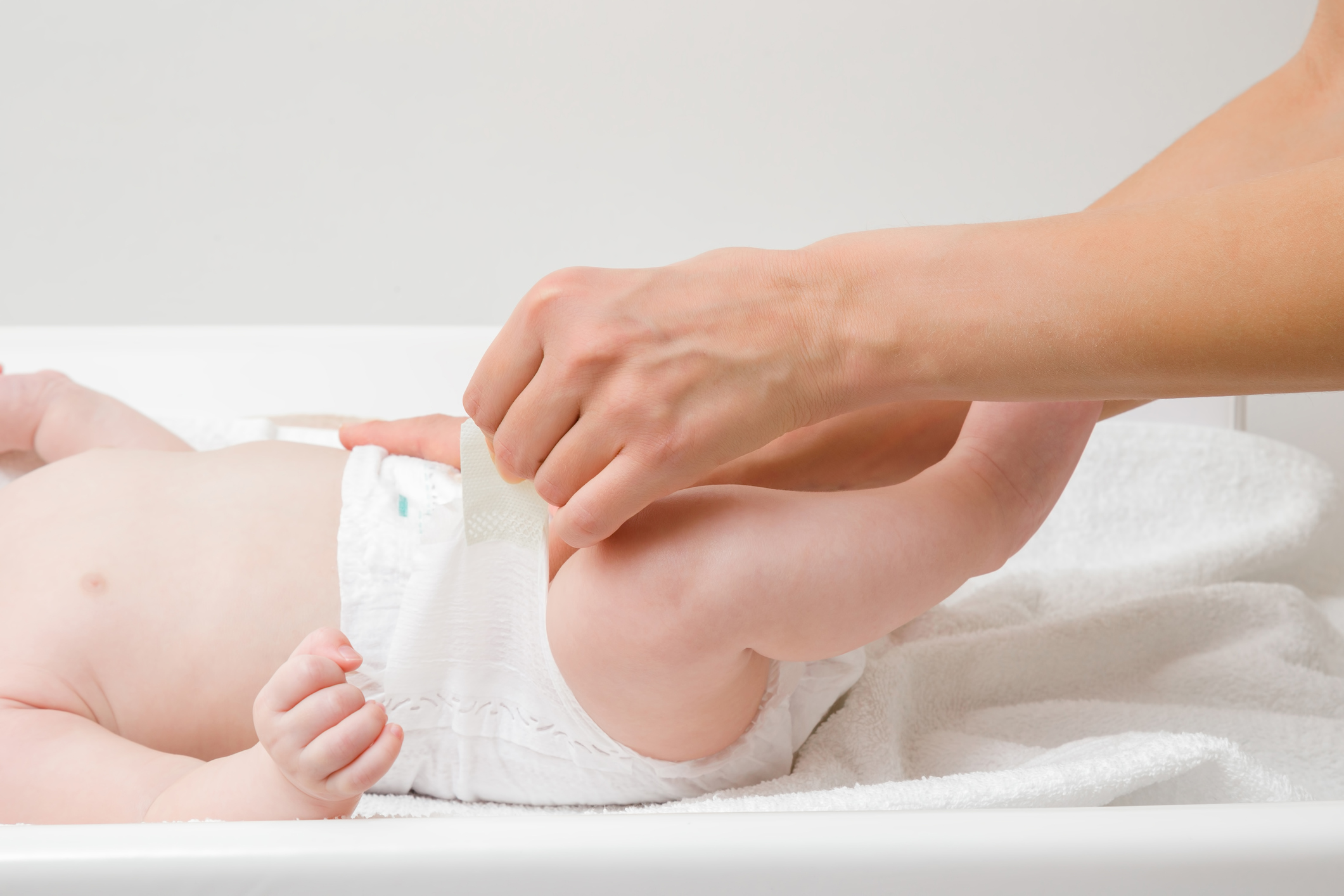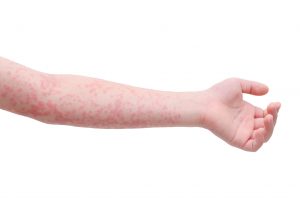 Since 1985, healthcare organizations have informed communities about head lice symptoms, diagnosis, and prevention for National Pediculosis Prevention Month, also known as Head Lice Prevention Month.
Since 1985, healthcare organizations have informed communities about head lice symptoms, diagnosis, and prevention for National Pediculosis Prevention Month, also known as Head Lice Prevention Month.
Although reliable data isn’t available on this condition, pediculosis (head lice infestation) is fairly common. According to the Centers for Disease Control and Prevention, approximately six to 12 million infestations affect children between the ages of three to 11 each year. Adults can also develop infestations through contact with both children and other adults.
Head lice typically spread through contact with the hair of an infested person, though it can also occur when people share clothes or lay on furniture after an infested person has recently used them. Lice typically remain on a person’s scalp; however, in rare instances, they may move to the eyelashes or eyebrows.
Signs of pediculosis include the feeling of something moving through the hair, itching, the development of sores on the scalp, and difficulty sleeping due to the increased activity of head lice in the dark. A diagnosis is generally made when live head lice are found on the scalp.
You can prevent the spread of head lice by teaching your child to avoid sharing clothes or supplies, using furniture recently used by an infested person, or coming into head-to-head contact with friends or classmates. It’s also helpful to encourage them to regularly comb their hair. You can keep yourself free of head lice by following these recommendations, as well.
If an infestation has already developed, lice removal kits are a non-chemical solution for combing lice out of an infested person’s hair. Several over-the-counter and prescription lice removal shampoos, creams, lotions, and drugs are also available.
If you or your child need a diagnosis or treatment for head lice, schedule an appointment at Flushing Hospital Medical Center’s Ambulatory Care Center at (718) 670-5486.
All content of this newsletter is intended for general information purposes only and is not intended or implied to be a substitute for professional medical advice, diagnosis or treatment. Please consult a medical professional before adopting any of the suggestions on this page. You must never disregard professional medical advice or delay seeking medical treatment based upon any content of this newsletter. PROMPTLY CONSULT YOUR PHYSICIAN OR CALL 911 IF YOU BELIEVE YOU HAVE A MEDICAL EMERGENCY.







